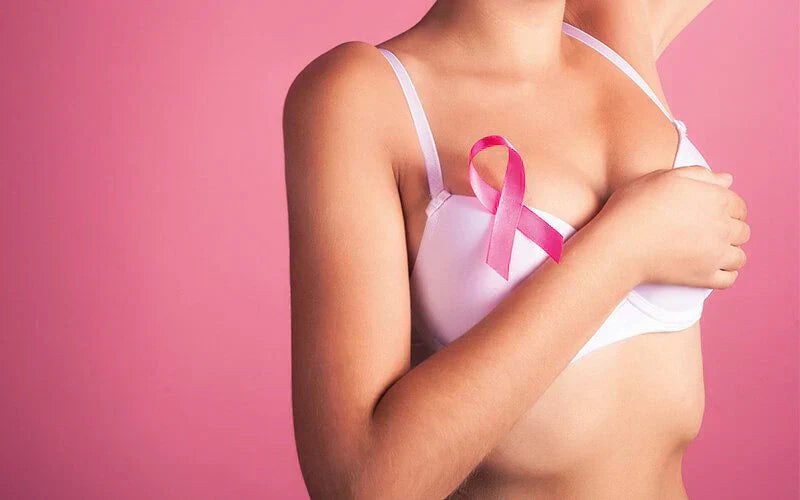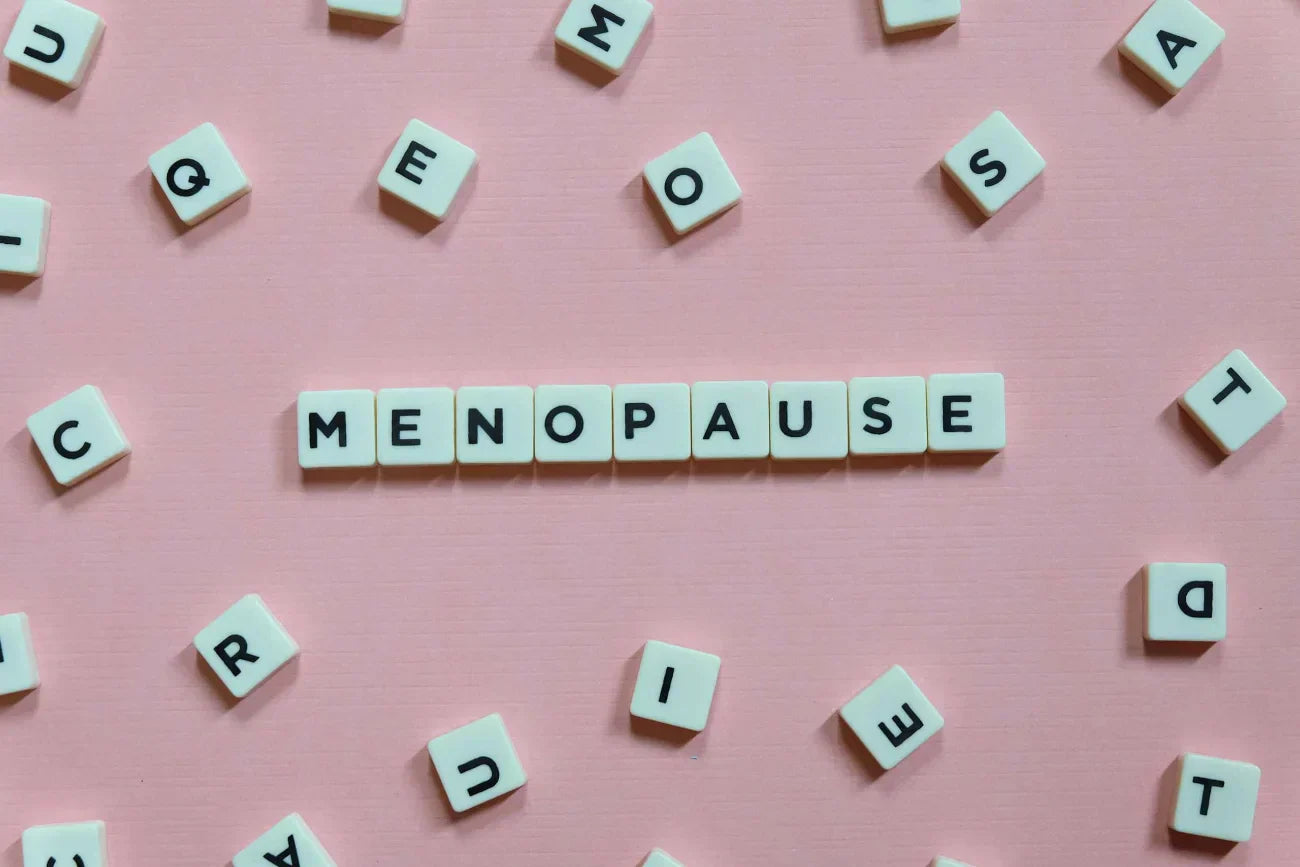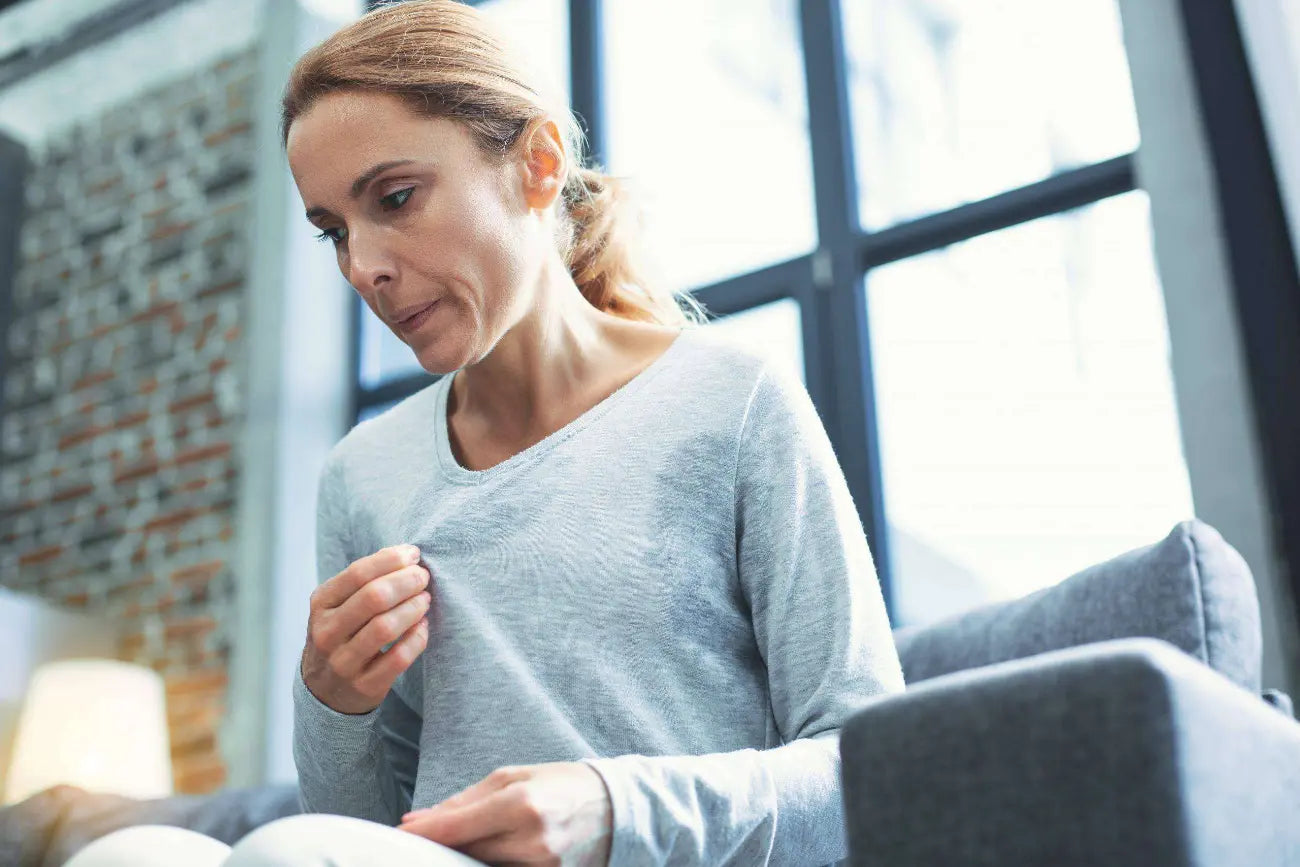Breast self-examination is the first step to find out if something is wrong with your breasts. A small nipple drip or a lump in the armpit could suggest breast cancer. And this can only be identified when you make a habit of checking your breasts (1). Here we will explain the usefulness of examining your breasts, how often to do it, what is the correct technique and what you should look for.
What is breast self-examination and why is it important?
As the name suggests, it involves assessing your breasts to get a detailed look at their appearance and texture. This can help you identify early signs of breast cancer and get you to a doctor quickly (1,2).
Breast cancer is the most common type of cancer in women. It is most common after the age of 50, i.e. at the menopausal stage, and is easily treatable when detected at an early stage. That is why self-examination is so important, because it allows women to identify warning signs in the early stages (1,2,3).
However, we must emphasise that breast self-examination is not a substitute for ultrasound and mammography studies. With these other studies, it is possible to identify very small lumps that are not palpable and then, with breast biopsy, the diagnosis is confirmed. However, not every lump is synonymous with cancer. Some may represent benign breast disease (1,2,3,4).
Step-by-step breast self-examination guide

The first thing to do is to get to know your breasts in detail and understand what is normal and what is not. In essence, you can have one breast larger than the other without this being a problem. Also, the texture or palpation can vary according to age and menstrual cycle. After menopause, breasts are softer and easier to feel; before 35, they are more dense (1).
Now, let's go step by step (4,5):
- Remove your clothes and bra.
- Stand in front of a mirror and inspect the shape of your breasts. To do this, place your arms around your waist and lean slightly forward. Then, raise your arms and assess your breasts and armpits.
- Check that there are no major changes in the skin of the breast and nipple.
- Press lightly on your nipple to check for any discharge.
- With the help of a little cream or oil, feel your breasts. Feel each breast separately with your fingertips. Start at the nipple and work your way up in a clockwise circular motion.
- Also feel the armpit and collarbone for lumps.
When to do it?
There is no precise time as to when you should start breast self-examination. However, it is recommended to do it once a month. If you are still menstruating, it is suggested that you do it 3 to 5 days after your period. And if you are in menopause, you can do the self-exam on the same date each month (6).
In addition to breast self-examination, your doctor may recommend regular tests such as a breast ultrasound or mammogram. This is very important between the ages of 50 and 70 (1,4).
Keep an eye out for these signs during breast self-examination!
When checking your breasts, pay attention to these warning signs (4):
- Breast, armpit or nipple pain.
- Significant changes in the shape and size of your breasts.
- Retracted nipple.
- Nipple discharge.
- Changes in the skin of your breasts or nipples such as redness, dry skin, rash or orange peel. In pregnant women, it is also important to watch for an enlarged areola or the appearance of hyperpigmentation.
- Breast lumps. Also, lumps in the armpit or near the collarbone.
Breast self-examination is a self-care habit that every woman should integrate into her routine. It allows you to learn more about your body and identify early signs of cancer. But it is not a substitute for medical screening, ultrasound or mammography. That's why we encourage you to practice self-examination along with your ultrasound or mammogram tests as recommended by your doctor.
Learn more about all things menopause with us! For example, muscle aches, what is muscle mass and why it is important.
References
- NHS. How should I check my breast?
. 2021 Jul 22 . Available from: https://www.nhs.uk/common-health-questions/womens-health/how-should-i-check-my-breasts/
- NHS. Breast cancer in women
. 2022 Oct 28 . Available from: https://www.nhs.uk/conditions/breast-cancer/
- Public Health England. NHS breast screening: helping you decide
. 2021 Oct 31 . Available from: https://www.gov.uk/government/publications/breast-screening-helping-women-decide/nhs-breast-screening-helping-you-decide
- Womens Health Concern. Breast care and self-care examination
. 2021 . Available from: https://www.womens-health-concern.org/wp-content/uploads/2022/12/26-WHC-FACTSHEET-Breast-care-and-self-care-examination-NOV2022-B.pdf
- Hull University Teaching Hospitals. Breast awareness: signs, symptoms and how to check
. 2022 . Available from: https://www.hey.nhs.uk/hbss/breast-awareness/
- MedlinePlus. Breast self-exam
. 2022 Jan 6 . Available from: https://medlineplus.gov/ency/article/001993.htm
You May Also Like

JOIN US AND GET 10% OFF
Sign up to our newsletter to access free resources, advice and support.















